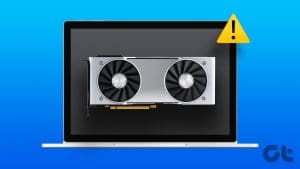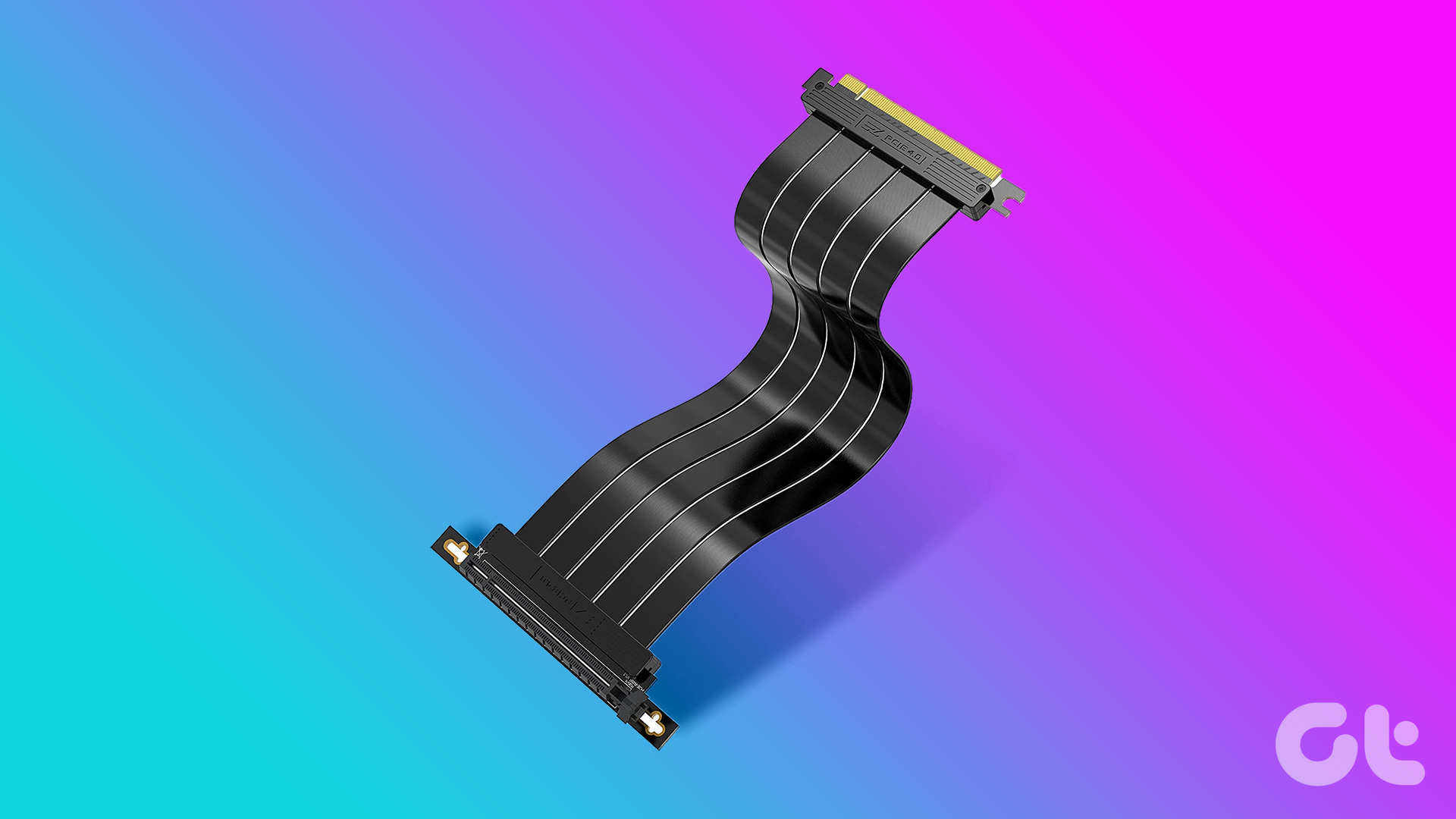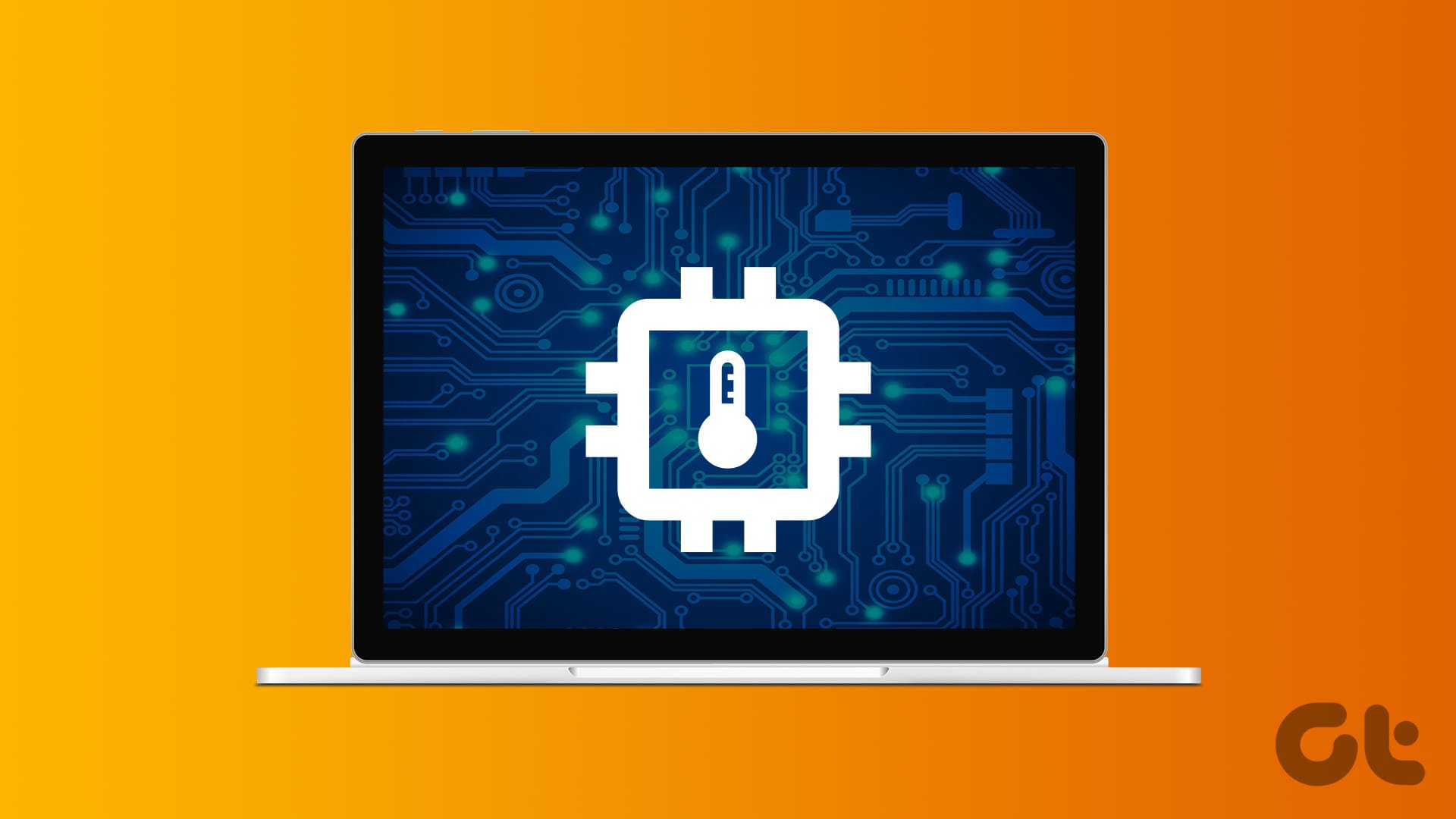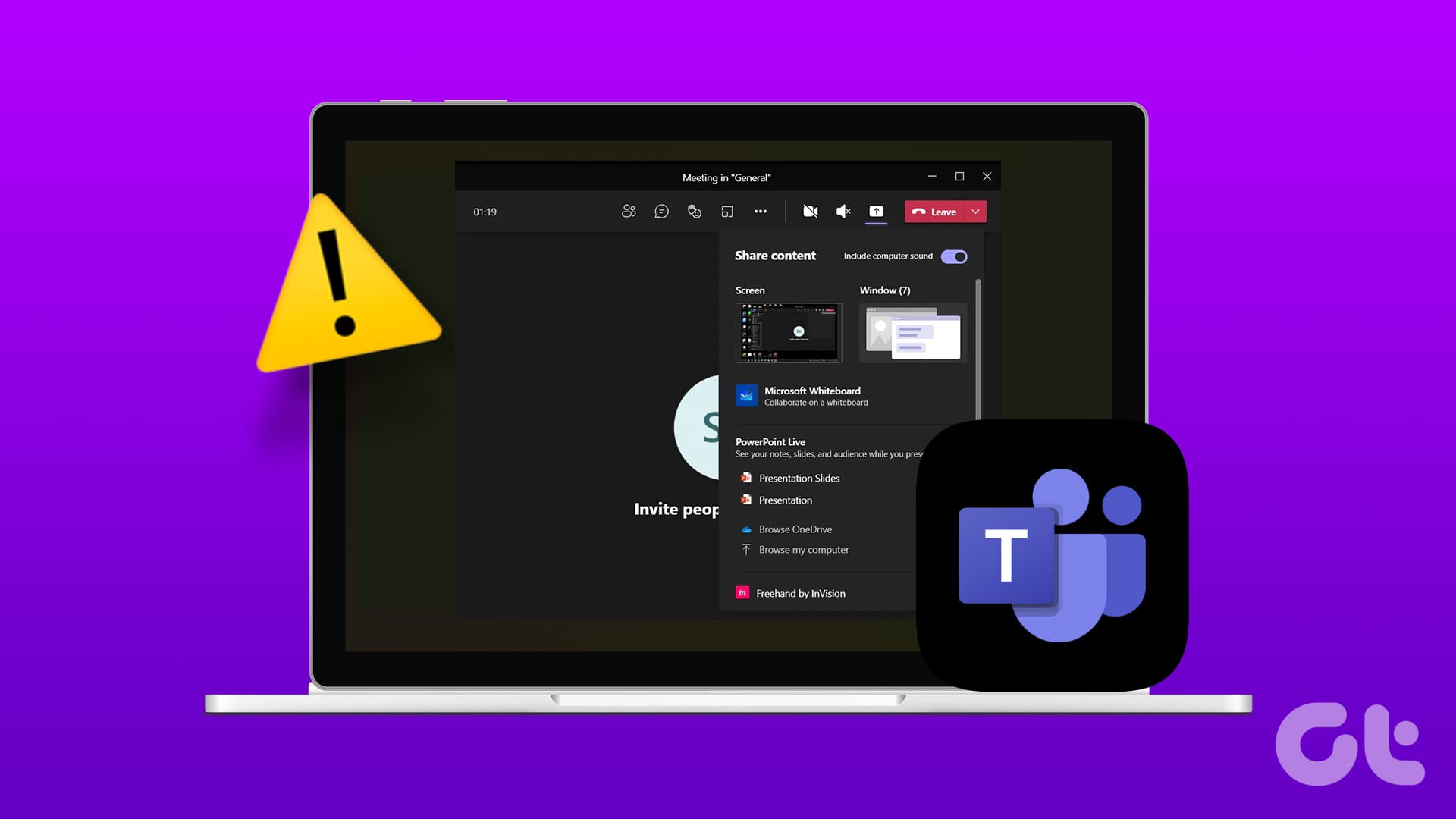Microsoft Windows is the go-to choice for gamers since it packs broad hardware support and gets new gaming-related features often. Besides that, Windows aims to let you make the best of your hardware. In this article, we will guide you on using Hardware-Accelerated GPU Scheduling on Windows 11 to improve graphics performance by offloading some CPU-bound tasks to the GPU.

Microsoft offers support for Hardware-Accelerated GPU Scheduling on all Windows versions, starting with its Windows 10 May 2020 update. The feature is meant for future usage and hasn’t taken off due to confusion about how it works. With this, let’s get into understanding how the feature works and what its requisites are.
What Is Hardware Accelerated GPU Scheduling and How Does It Work
Windows introduced Hardware-Accelerated GPU Scheduling with Windows 10 (Build 2004). This feature aims to directly pass the load of high-priority threads, such as rendering frames, to the graphics processor instead of the CPU. The goal is to save time and minimize input latency associated with frame buffering. While that frees up the processor from running commands in batches, it also helps make the most of the graphics processor inside.
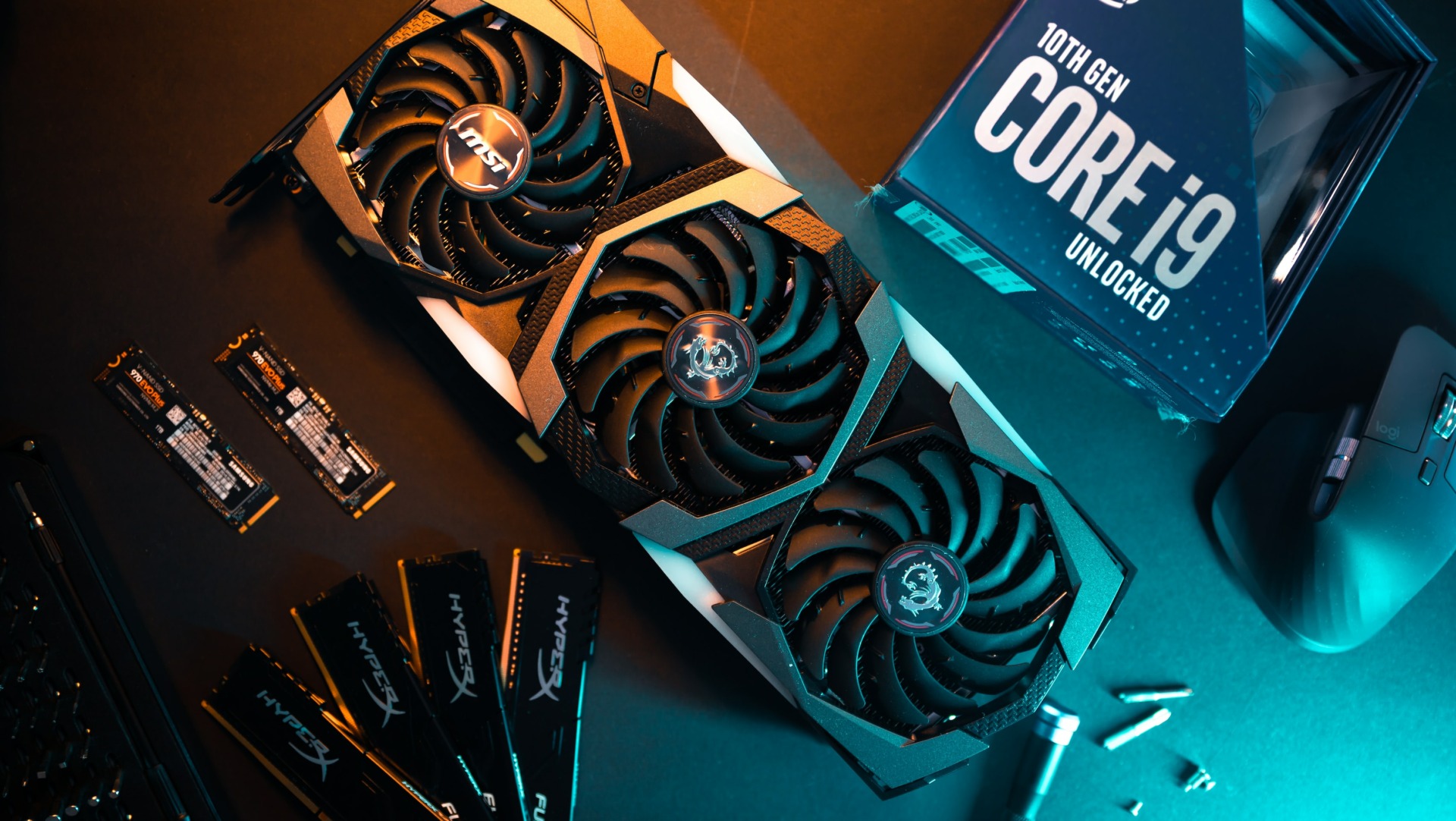
That said, this feature isn’t a magical switch. You won’t experience a significant spike in framerate improvements or performance in games immediately. Also, it will only work when you’re using multiple apps that require GPU usage. Support for Hardware-Accelerated GPU Scheduling is limited to NVIDIA’s GT 1030 and subsequent GPU series, as well as AMD’s 5600 and later series. It is advisable to keep your PC’s graphics drivers up-to-date by installing the latest version.
Should I Turn Hardware Accelerated GPU Scheduling On or Off
Before you go any further and learn how to enable Hardware-Accelerated GPU Scheduling on your Windows 11 PC, let’s look at the three most important reasons you should enable Hardware-Accelerated GPU Scheduling compared to using the CPU-based scheduler.
- Reduced Input Lag: As opposed to communicating with the CPU for the frame data, using Hardware-Accelerated GPU Scheduling ensures that the GPU handles all aspects of the graphical processing. This helps reduce the input lag, i.e., the time it takes for the GPU to load up a frame that can be displayed on your screen after a key press or movement of the mouse.

- Lower CPU Utilization: Enabling Hardware-Accelerated GPU Scheduling ensures that the CPU won’t have to continuously work at churning out the frame data required by the GPU. This helps lower the CPU utilization and improve its clock speeds by a few percent, allowing it to handle processing-heavy tasks smoothly.
- Lower CPU Temperatures: Thanks to the lower CPU utilization that is made possible by using Hardware-Accelerated GPU Scheduling, the CPU can function at a lower temperature, allowing it to run faster and longer without overheating.
Besides the benefits mentioned above, there aren’t any disadvantages to enabling Hardware-Accelerated GPU Scheduling if your PC has the hardware and software that support it. However, you should note that you might see a slight increase in GPU usage and power consumption.
How to Enable Hardware Accelerated GPU Scheduling
Now that you know what Hardware-Accelerated GPU Scheduling is and how it can be beneficial, let’s take a look at the two ways you can enable Hardware-Accelerated GPU Scheduling on your Windows 11 PC.
1. Using the Settings App
Hardware-accelerated GPU Scheduling is disabled by default on Windows 11. That means you’ll have to enable it. The toggle for this feature is located in the Settings app. Here’s how you can access the same on your PC:
Step 1: Press the ‘Windows + I’ keys to open the Settings app.
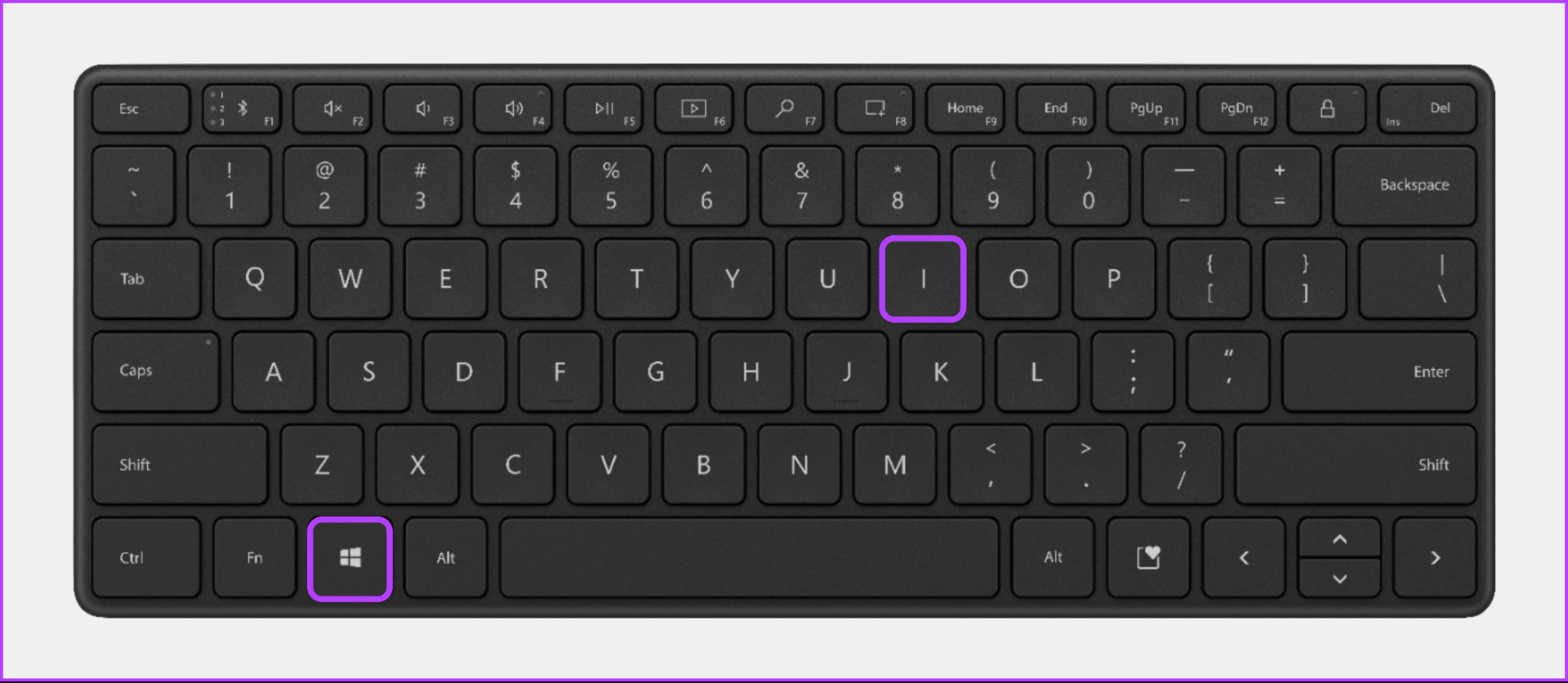
Step 2: In the Settings window, stay on the System tab and click on the first option that says Display.
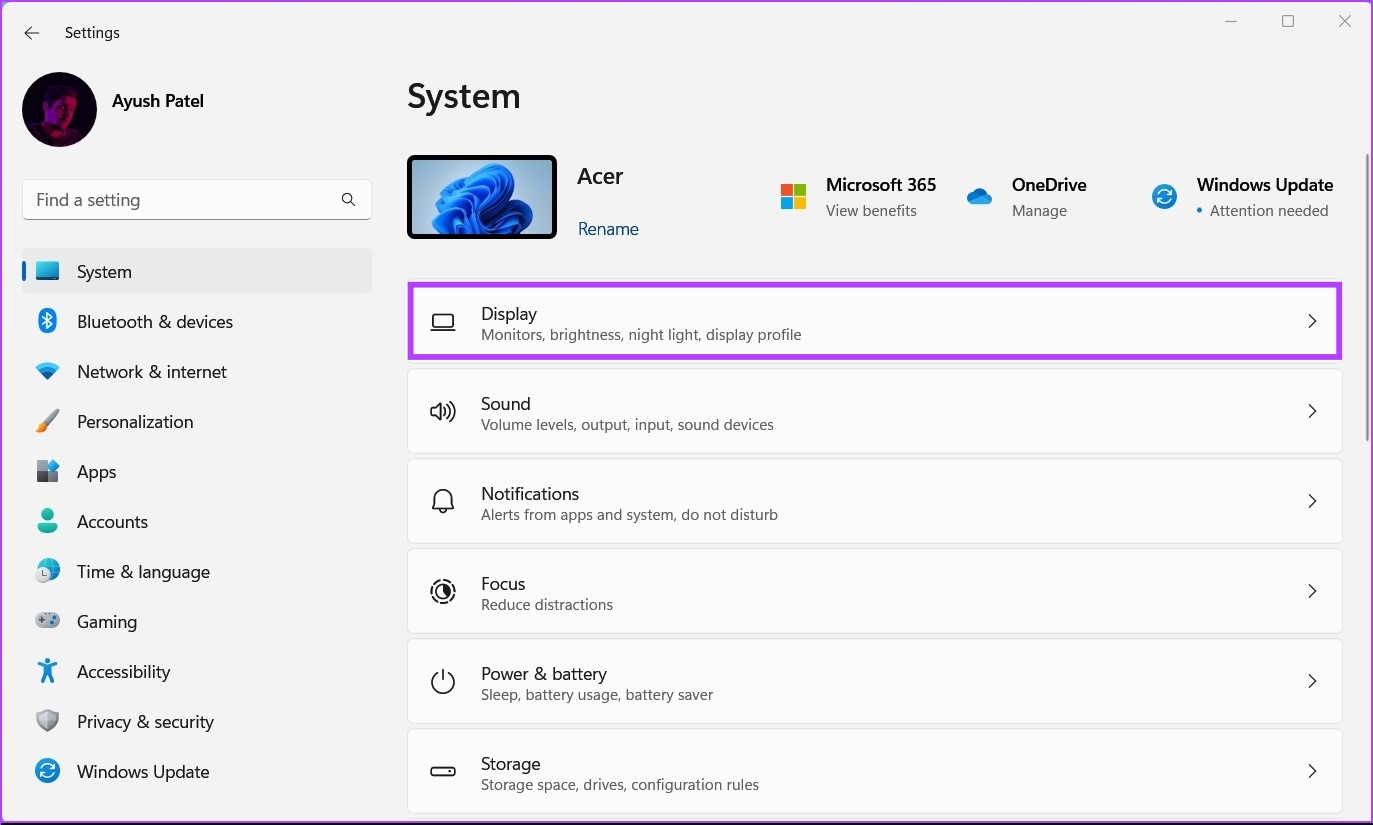
Step 3: Under Display settings, scroll down and click Graphics.
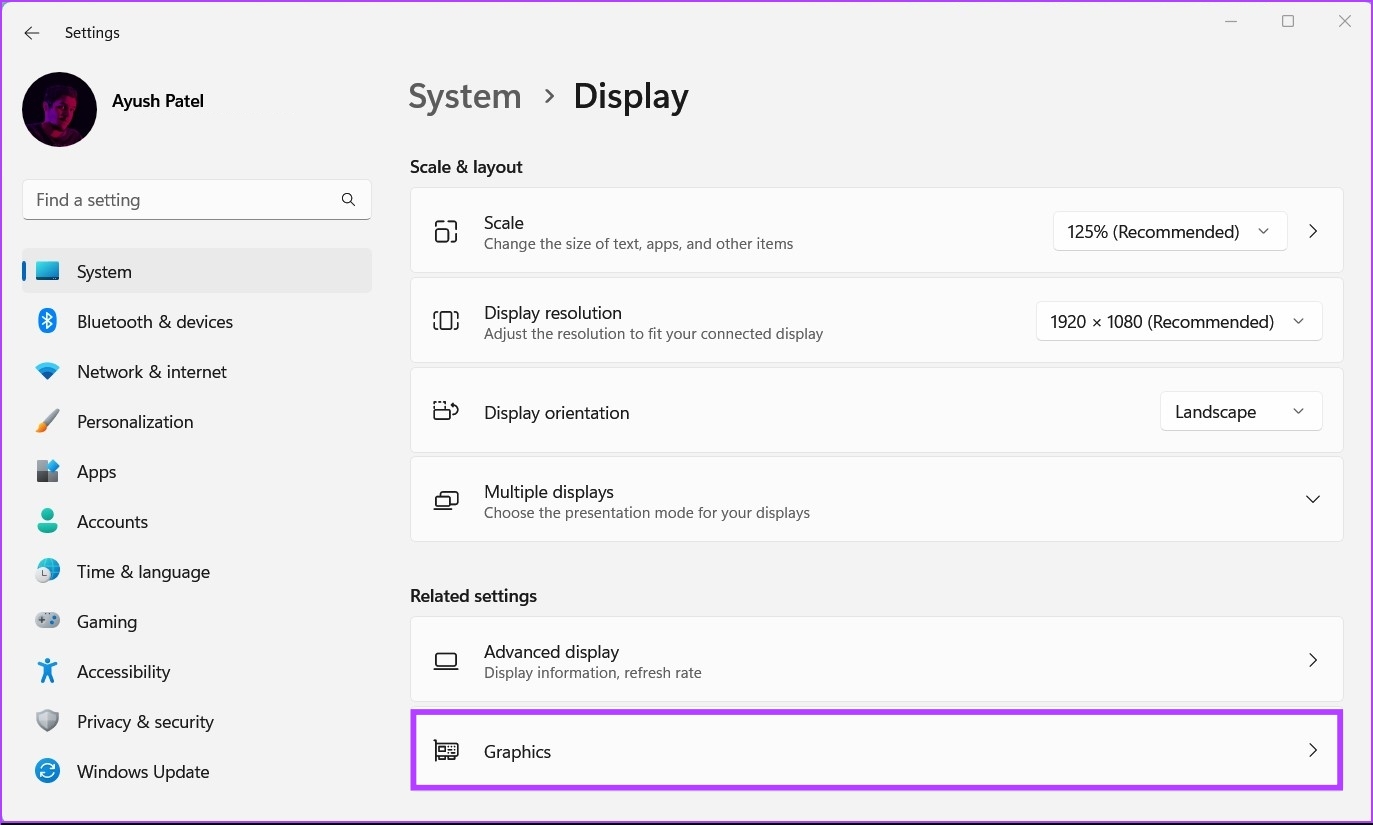
Step 4: Click on the blue ‘Change Default Graphics Settings’ option under the Default settings section.
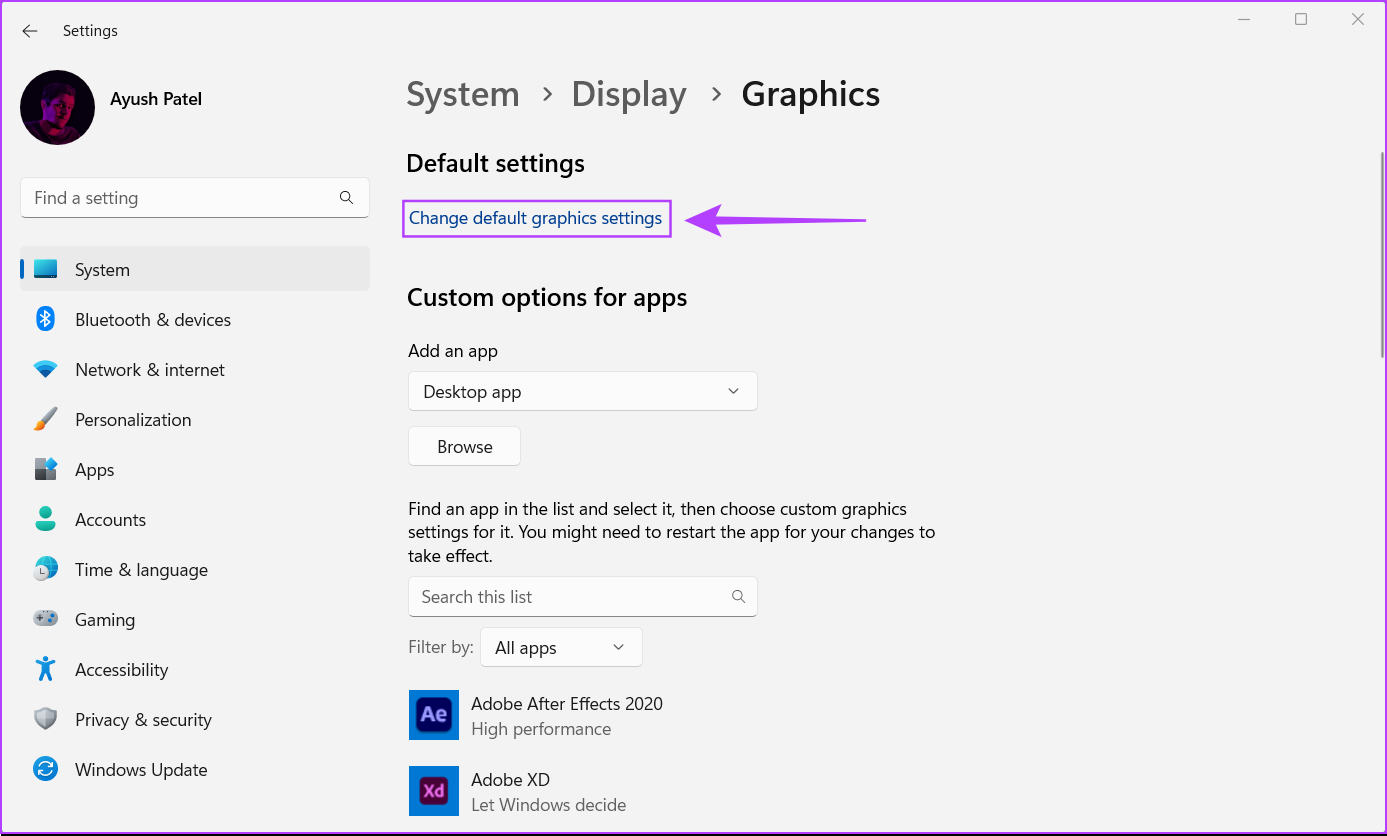
Step 5: On the Default graphics settings screen, turn on the toggle for ‘Hardware-Accelerated GPU Scheduling.’ After that, restart your PC to apply the changes.
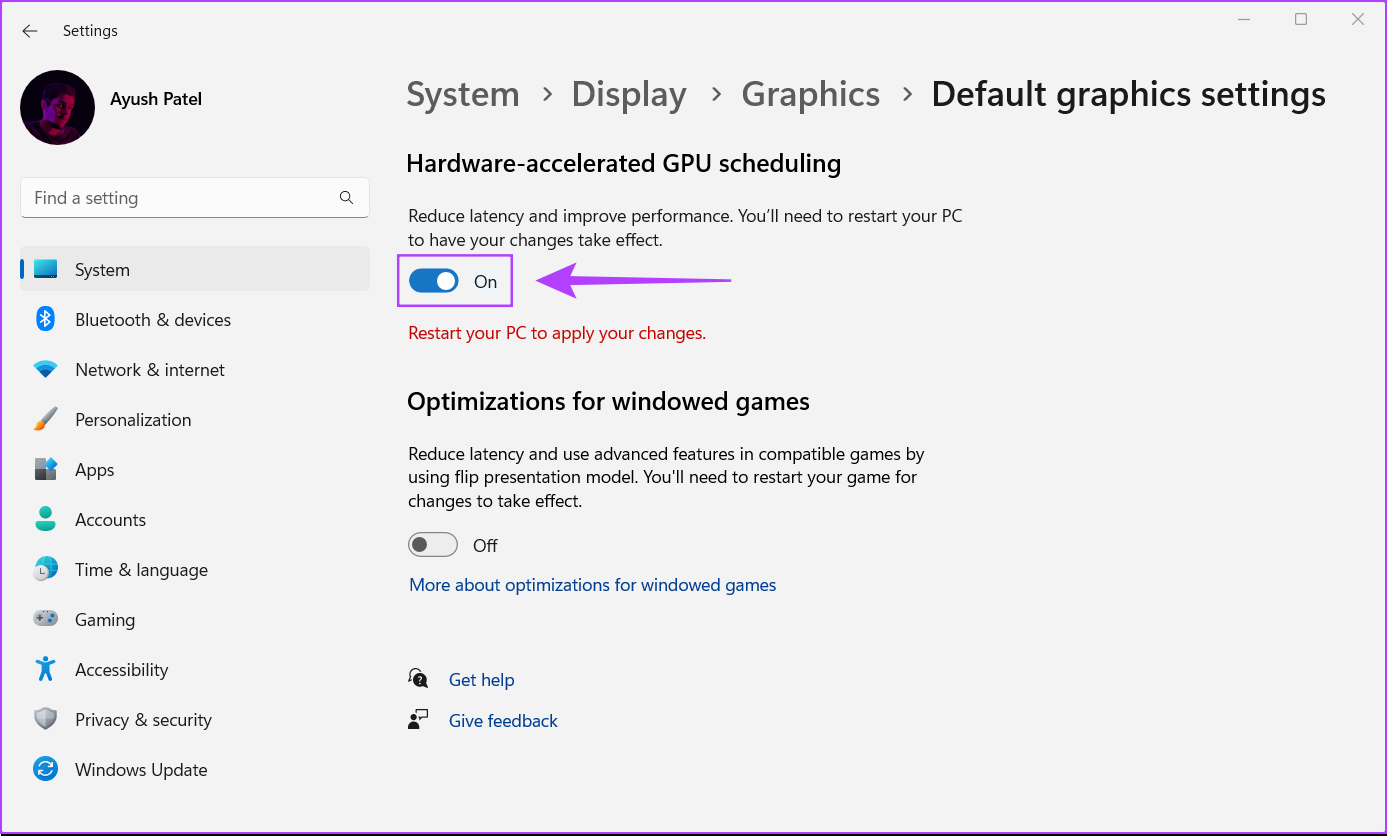
2. Using Registry Editor
Besides the Settings app, you can also enable Hardware-Accelerated GPU Scheduling on your PC by using the Registry Editor.
Note: Modifying the Windows Registry can cause serious issues if you’re not careful. We recommend creating a full backup of the registry before you change anything.
Step 1: Press the ‘Windows key + R’ keys to open the Run dialog and type regedit in the text field. Then, press Enter.
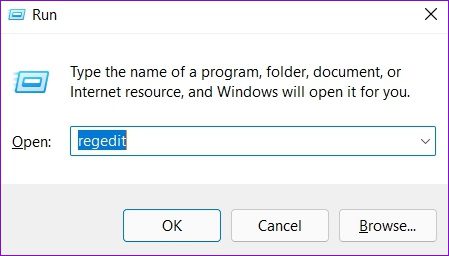
Step 2: Copy and paste the following location into the navigation bar:
HKEY_LOCAL_MACHINE\SYSTEM\CurrentControlSet\Control\GraphicsDrivers
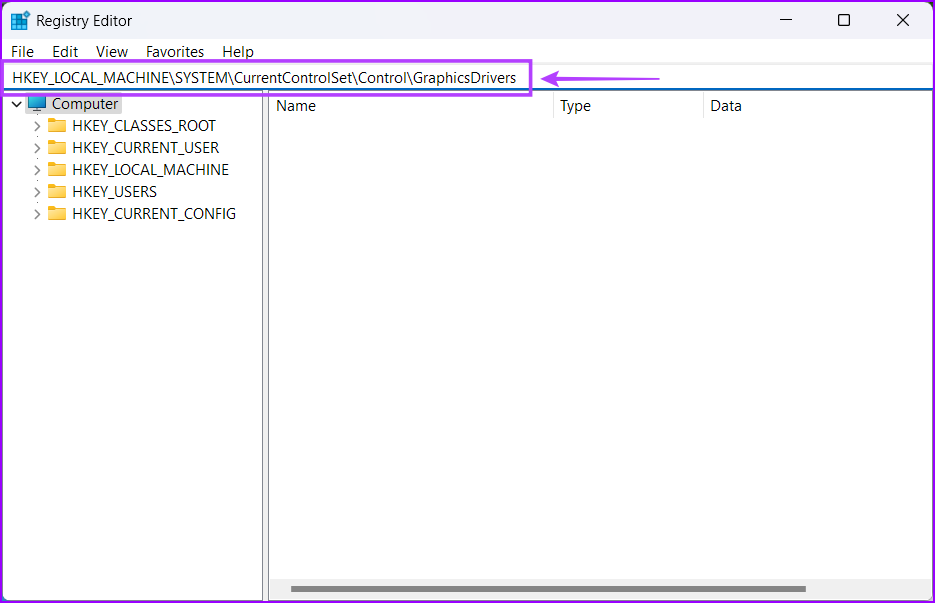
Step 3: Right-click anywhere in the right pane and select New, followed by the option that says DWORD (32-bit) Value.
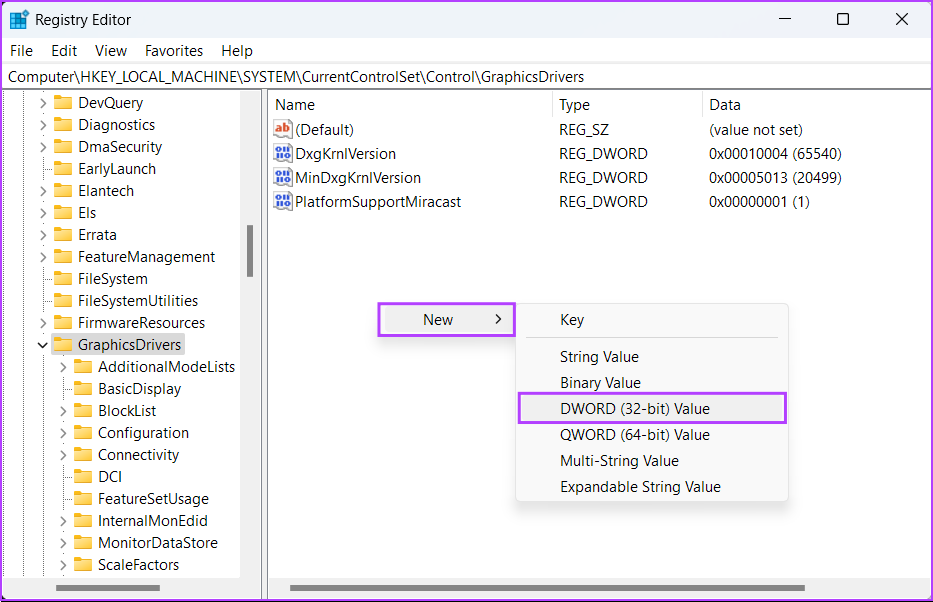
Step 4: Type HwSchMode and press Enter to create the new DWORD (32-bit) Value.
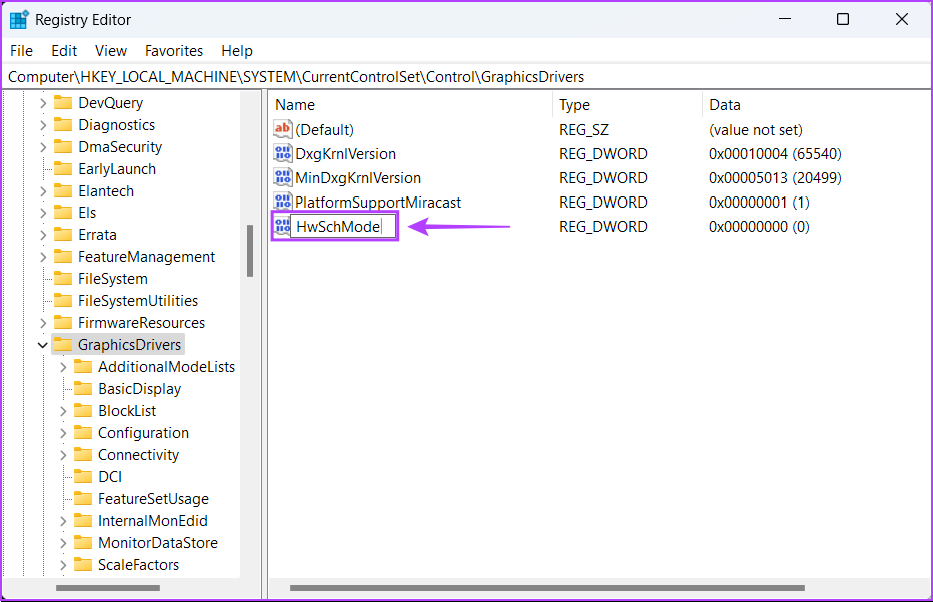
Step 5: After you create the new HwSchMode DWORD, double-click on the new entry to edit its value.
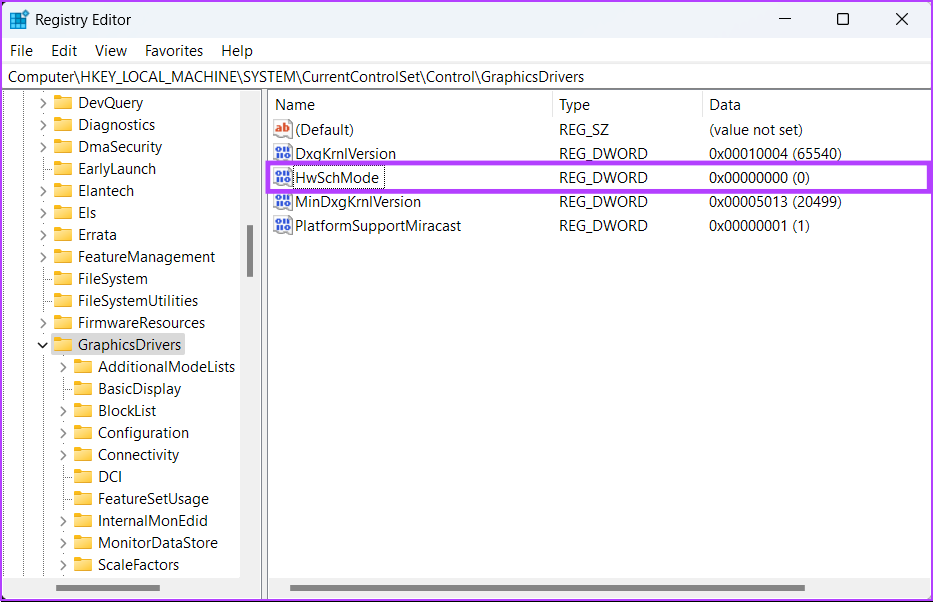
Step 6: When an Edit DWORD (32-bit) Value dialog appears on the screen, set its value data to 2. Then click on OK.
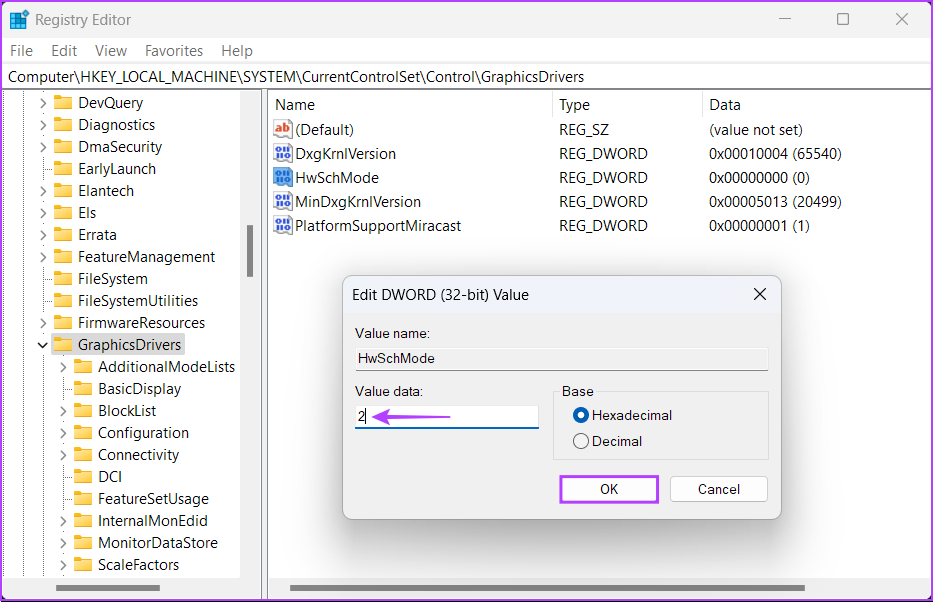
Restart your PC to apply the changes. With this, you have successfully turned on Hardware-Accelerated GPU Scheduling on your Windows machine. If, after this method, the feature is still not showing, continue reading to know the reasons.
Why Hardware Accelerated GPU Scheduling Not Showing
There are multiple reasons why Hardware-Accelerated GPU Scheduling is unavailable on your PC. Below are two major reasons:
- Incompatible system: This feature requires both a compatible GPU and the latest graphics drivers. Check your GPU model and version to see if it supports hardware acceleration. If it does, update your drivers to the latest release from your graphics card manufacturer’s website.
- Windows version mismatch: The option doesn’t appear on older versions of Windows. Ensure you’re running Windows 10 version 2004 or later, or Windows 11. If you’re using an older version, upgrading might be necessary to access the feature.
If you’ve checked both and still can’t find the option, try reaching out to your graphics card manufacturer or Windows support for further assistance. That said, if you have any queries, check out the FAQ section below.
FAQs on Using Hardware Accelerated GPU Scheduling on Windows 11
While many applications and games can benefit from this feature, its impact may vary. Some applications may see more improvement than others, and not all software may be optimized to take full advantage of hardware-accelerated GPU scheduling.
Yes, you can disable hardware-accelerated GPU scheduling at any time by going to Settings > System > Display > Graphics settings and toggling off the “Hardware-accelerated GPU scheduling” option.
The impact on battery life is minimal, as hardware-accelerated GPU scheduling primarily affects the performance and scheduling of the GPU during graphics-intensive tasks.
While Hardware-Accelerated GPU Scheduling typically reduces the overall CPU workload, it may initially see a slight increase in CPU usage as the GPU takes over scheduling tasks. This temporary bump shouldn’t affect performance and should settle down quickly.
Reduce the Load on the CPU
After you enable Hardware-Accelerated GPU Scheduling on Windows 10 or 11, you might not see a huge improvement in your PC’s graphical performance, but there might be a decent decrease in your PC’s CPU usage when performing graphic-intensive tasks such as gaming. That’ll ensure enough CPU resources are left for other CPU-bound tasks, allowing your PC to run a bit faster than it used to.
Was this helpful?
Last updated on 23 February, 2024
The article above may contain affiliate links which help support Guiding Tech. The content remains unbiased and authentic and will never affect our editorial integrity.



